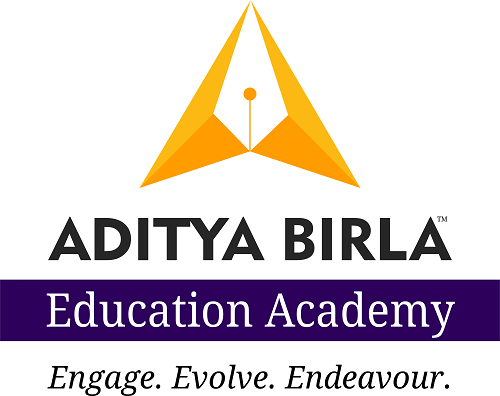Given the principle of variance, it was not surprising that during the peak of the COVID-19 crisis, we saw an increase in businesses shutting down, while on the other hand, an impressive rise in new businesses which were tapping into the market needs- and like I discussed in my talk on 'Leading in a Time of Crisis' sponsored by RITE Education, -the thesis, I held and still hold is that;- in any given situation, where some leaders see challenges and are overwhelmed by its complexity, others with special attributes and qualities will see opportunities. Drawing on academic research and my personal work, it is clear that leadership is an indispensable ingredient to ignite and drive creativity as well as the enterprise?s capacity to be adaptive and agile. Given that 'adaptability is the new competitive advantage' and while it's easy for Enterprise Leaders to acknowledge the need for an adaptive capability, the missing bit of the puzzle is usually a systematic methodology, framework or approach to enable the transition in becoming and being adaptive. Often, very limited attention and consideration is given to the efforts and technical skills required to deal with culture change to ensure that change efforts do not result to a dismal fate, creating more confusion and anxiety for the individuals in the organisation.
How leaders build this competitive advantage to secure their position in the market niche, and assemble and deploy resources, capabilities and competencies to where they are needed to deliver the brand's promise is the focus of the Lead UP Project (ongoing work). Drawing from the notion of adaptive enterprises, my interest in exploring these issues has been to capture what school leaders can learn from non- educational adaptive enterprises in order to develop response mechanisms that are context-based and culturally sensitive to secure academic and financial success. In the project, I propose that leaders can follow a systemic approach to becoming adaptive by;
- Conducting an honest assessment of the enterprise against its key performance indicators and industry benchmark as well as its capabilities
- Using the information to establish a log of concerns and issues that need to be addressed to support vision development
- Galvanizing commitment toward the new vision and operational model
- Modeling and providing support in creating opportunities and conditions for critical dialogues, experimentation, creativity, and innovation.
Image source-freepik







